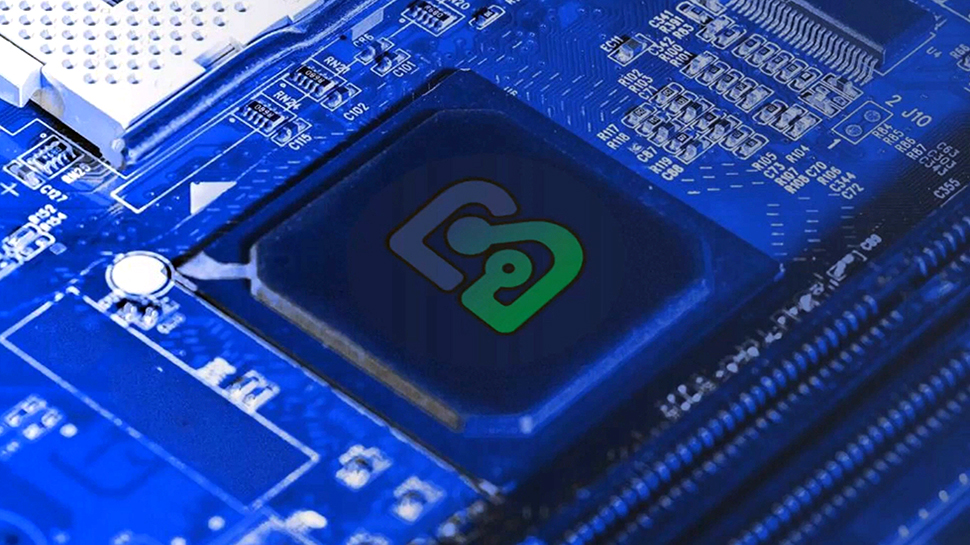
- Blumind debuts ultra-efficient analog AI chip, achieving 10 nJ/inference
- Targeting wearables, healthcare, automotive, and always-on AI
- Scaling for larger models, aiming for 1000 TOPS/W performance
Blumind, an analog AI chip startup, has showcased a chip designed for low-power applications achieving an impressive 10 nJ per inference, setting the stage for the company’s ambition to scale analog computing to new heights.
The company showed off its test silicon for ultra-efficient keyword spotting chip at Electronica 2024, where co-founder Niraj Mathur told EE Times, “What’s been particularly gratifying is that over the last year, there’s been more pull than us pushing."
"People have been coming to us specifically asking for analog AI solutions because they believe something new needs to happen.”
1000 TOPS/W is within reach
Blumind has already seen interest from wearable, automotive, and healthcare sectors. One of the examples the company gave was for a tire pressure monitoring system (TPMS) capable of analyzing road conditions.
The customer needed this to offer, “extreme power efficiency because it’s sitting in the tire, it’s got to last the lifetime of the tire, you don’t want to open up the tire to change the battery,” Mathur explained. Another potential use involved detecting heart signals through a pacemaker sensor powered by energy harvested from muscle movement, requiring only a few hundred nanoWatts of power.
The startup’s first product, an analog keyword spotting chip, is set for volume production in 2025. It will be available as both a standalone chip and a chiplet that integrates into microcontroller unit packages. “Chiplets are the other avenue of integration for our customers,” Mathur said in his interview with EE Times. This approach allows Blumind’s technology to complement fully programmable MCUs, focusing on always-on AI tasks.
Looking ahead, Blumind aims to scale its analog architecture for applications requiring much larger models, such as vision CNNs and eventually gigabit-sized small language models (SLMs). Mathur said the company’s goal of achieving 1000 TOPS/W is within reach, emphasizing the potential of analog-first, multi-die solutions.
Despite his company’s ambitious roadmap, Mathur stressed the importance of a pragmatic approach. “No-one has really brought analog compute to high volume production and delivered on its promise. We want to be the first to do that, but we want to walk before we try and run,” he said.







